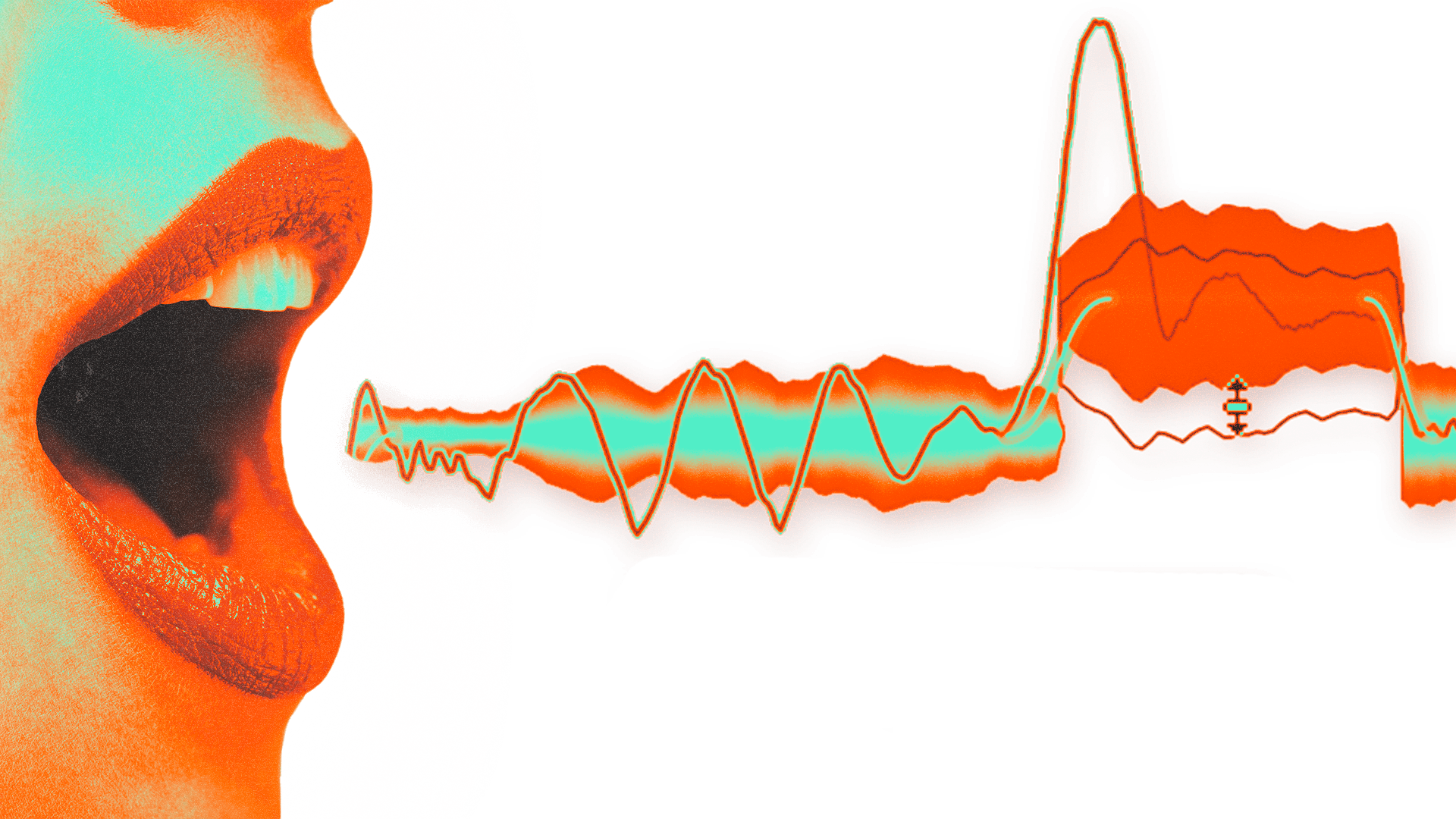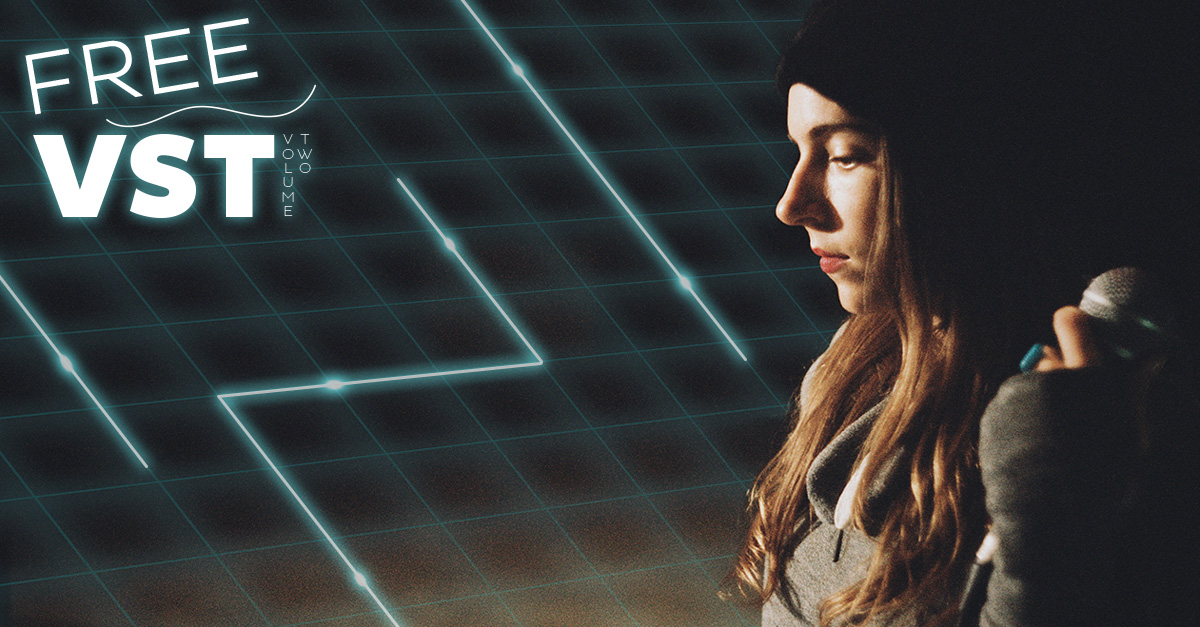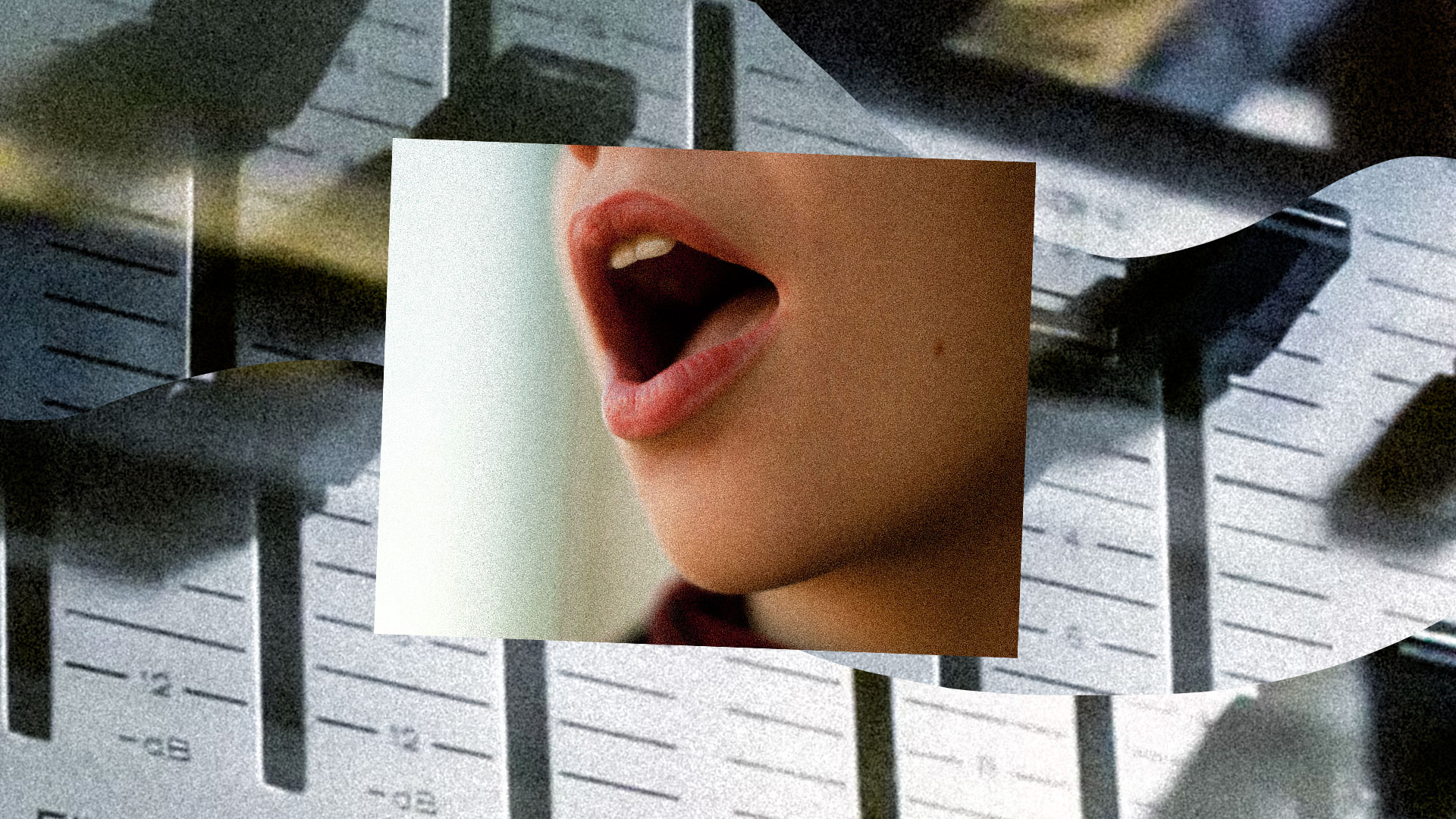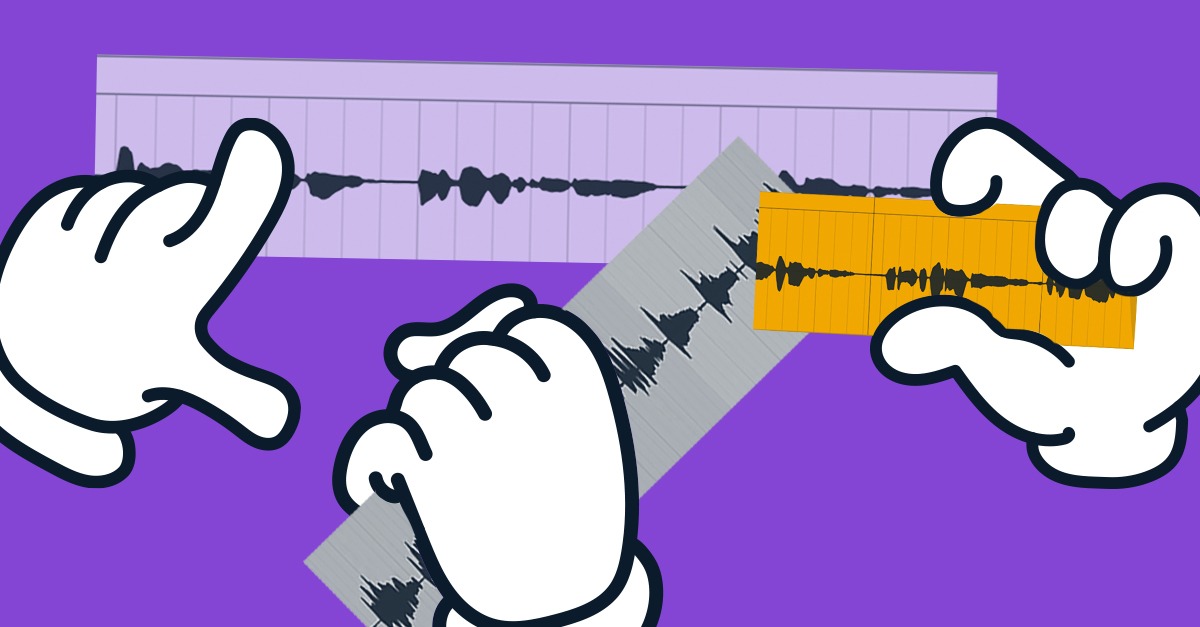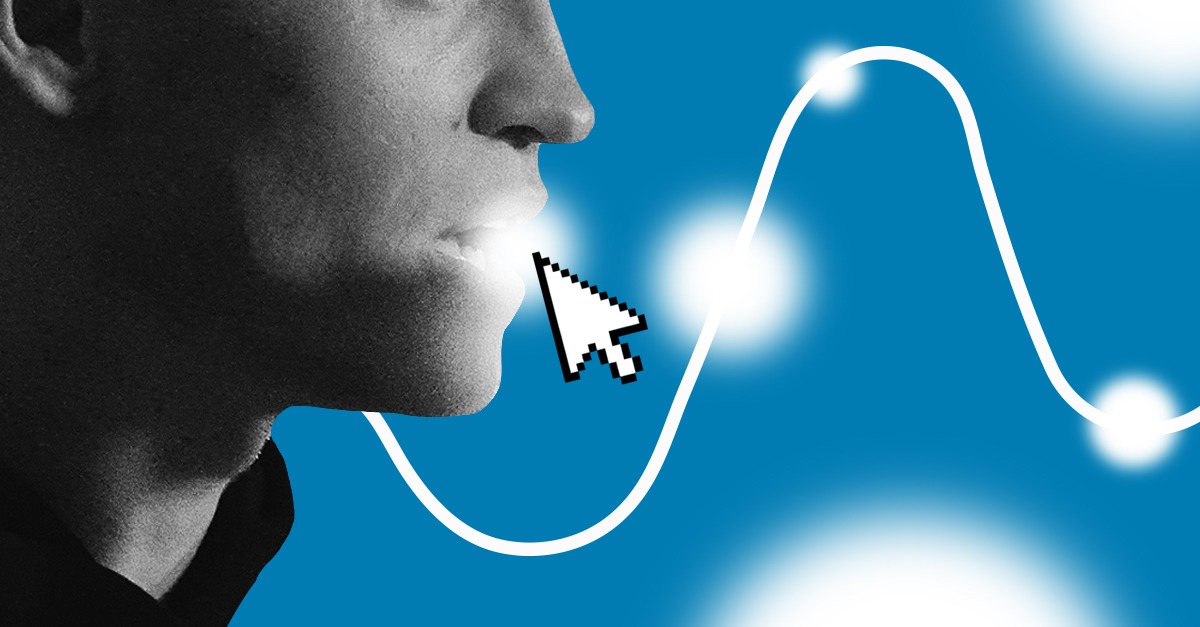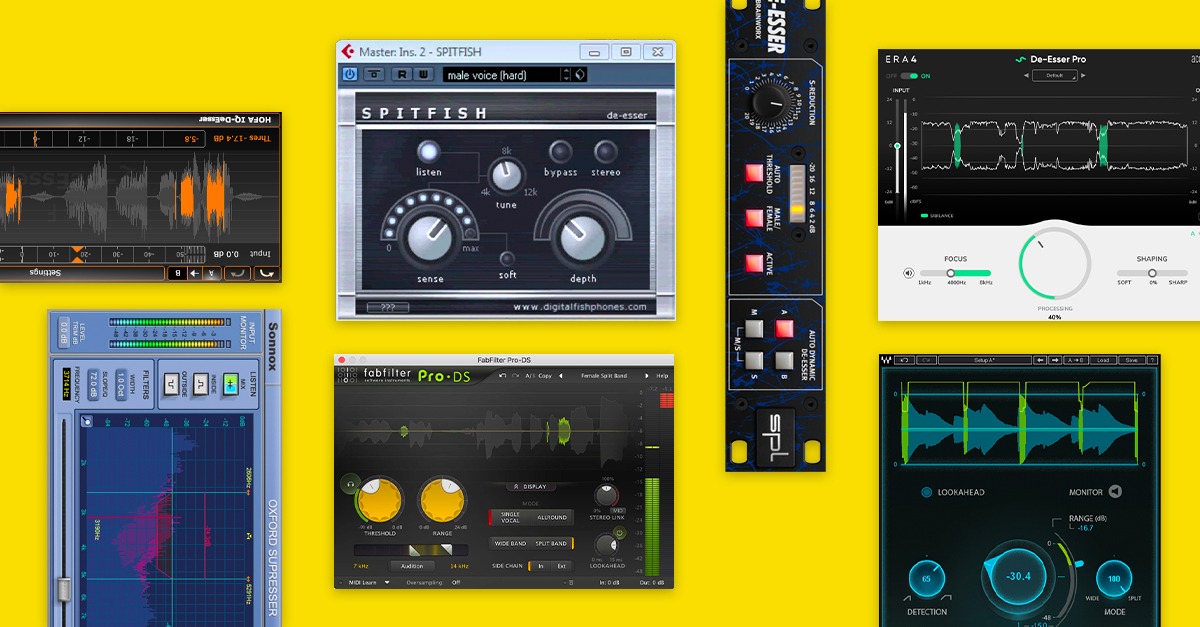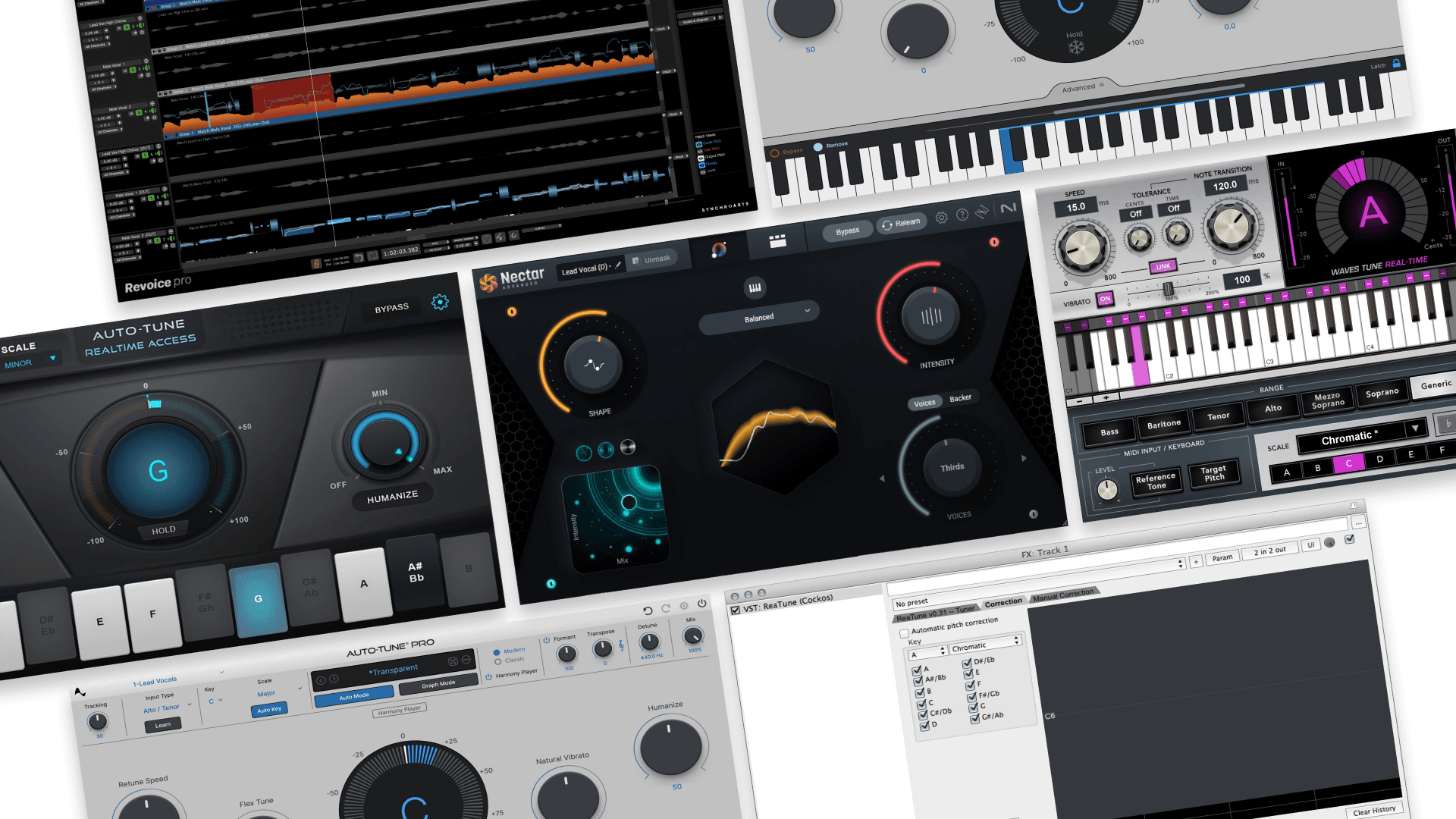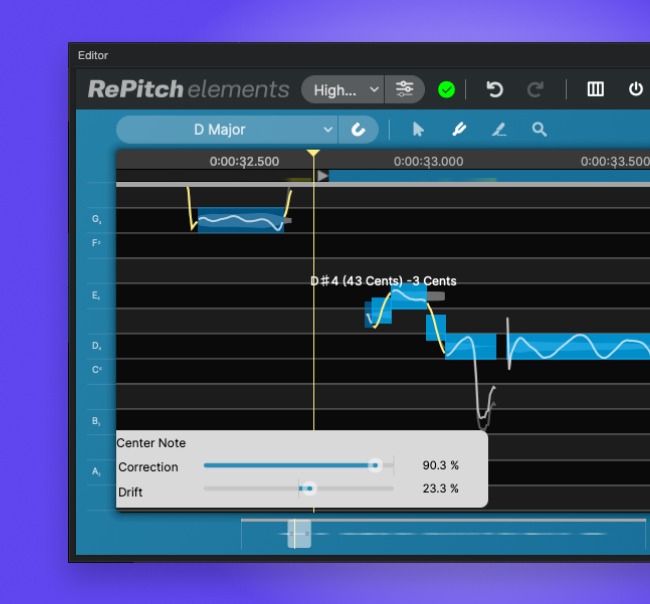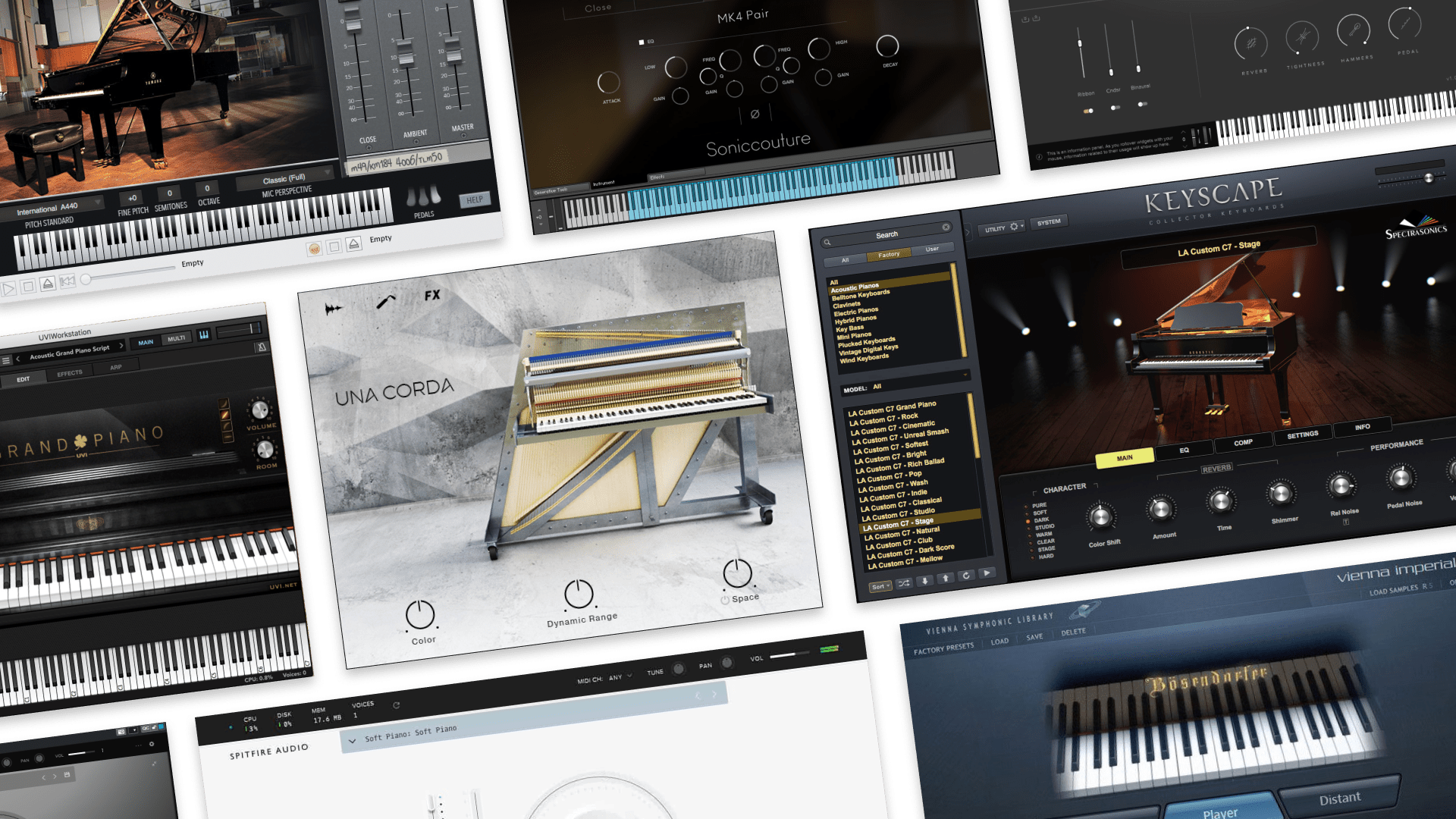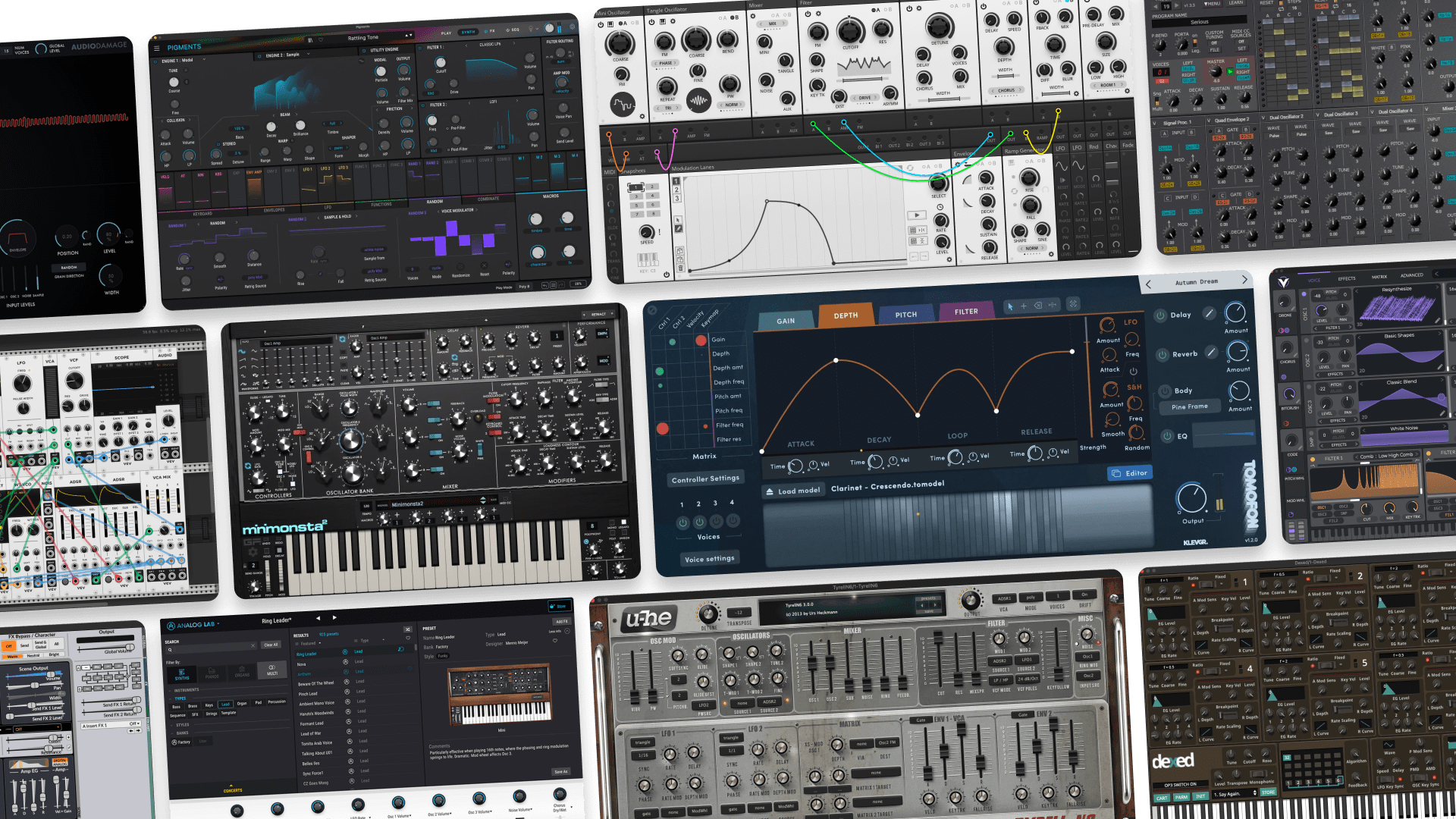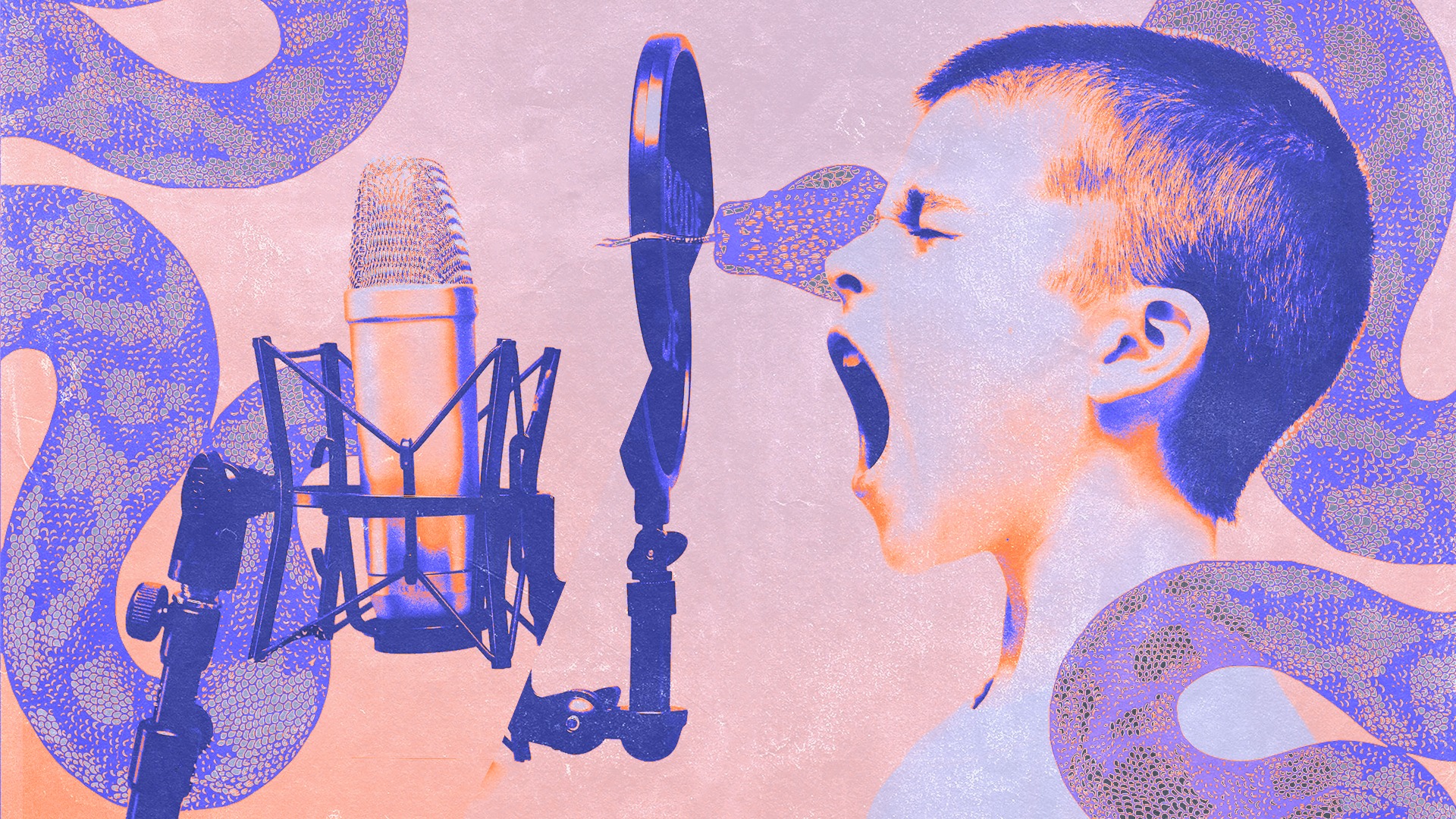
Pitch Correction: How to Edit Vocal Tuning for Perfect Takes

Pitch correction is an essential ingredient in the sound of modern vocal production.
It’s a powerful technology that can alter a singer’s performance without changing its basic sonic character.
It can also produce one of the most in-demand vocal effects in modern music genres.
Pitch processing is more common than ever, but you still may find it confusing if you haven’t used it before.
In this article I’ll explain what it is, how to use it and the five best pitch correction plugins for any budget.
Let’s get started.
What is pitch correction?
Pitch correction is an audio production process that alters the pitch of an audio signal without changing its timbre using pitch correction plugins and tools. It’s most often used to modify a vocal track to bring a singer’s performance closer to the most ideal take.
Pitch correction tools allow the audio engineer to adjust individual note pitches, reduce excessive vibrato and control drift in pitch over time.
Many pitch correction tools also allow producers to manipulate the timing and duration of notes to sculpt the vocal performance further.
Finally, some pitch correction tools are used for creative purpose, with many artists and producers gravitating towards the infamous hard-tuning effect most commonly associated with AutoTune.
How to use pitch correction plugins
There are two main styles of pitch correction plugin—graphical and automatic.
Graphical interfaces like those found in Synchro Arts RePitch and Celemony Melodyne give producers detailed control for subtly improving the performance.
Automatic plugins like the basic editions of Antares AutoTune produce instant results with no manual input, but they often sound less transparent.
If you’re looking for a hard tuning effect, these simplified controls are designed to easily create it.
But if your vocal tracks just need a light touch up, manual graphic editors are your best bet.
Here are the main tools you’ll find in today’s pitch correction plugins.
Working on vocal tracks?
Develop your vocal mixing skills with these resources.

Pitch Center
Pitch correction plugins evaluate every note in the performance and determine how far each one is from the nearest musical pitch.
If the singer was dead on, you’ll see a value of 0 cents. A cent is one one-hundredth of a semitone musical interval.
If they were slightly sharp, you’ll see a positive value in cents and if they were flat, you’ll see a negative value.
When you change the note’s pitch center, the plugin will move it closer to the target pitch while maintaining the signer’s natural vibrato.
This means that although the pitch wavers up and down with the performance, its average falls squarely on the note center.
Pitch modulation
Pitch modulation is the term for rapid variations in pitch that are usually an intentional component of the artist’s singing style.
This includes articulations like vibrato, trills and bends.
Vocal pitch correction plugins give you the option to reduce the intensity of these embellishments if they were exaggerated in the original performance.
In some cases they’ll also give you the ability to increase vibrato, while maintaining the overall characteristics of the singer’s voice.
🧠 Hot tip
Pitch drift
Pitch drift is the longer term trend of the pitch center over the duration of a note.
It’s useful to edit since singers often have difficulty maintaining their pitch over longer, sustained notes.
Conversely, some vocalists struggle to reach the correct pitch at the note’s onset and approach up to it as they go.
By reducing the amount of pitch drift, you can tidy up notes that swoop up as they come in or fall flat as they decay.
That’s why some graphic pitch editors feature a pitch drift control at the beginning and ends of each note they identify.
Transpose
Some pitch correction plugins that are oriented towards creative vocal effects come with transposition tools that allow producers to raise or lower the overall pitch of a vocal part.
These transposition tools may snap to octaves or they may be adjusted to any pitch creating a disorient micro-tonal effect.
Transposed vocals create an interesting sound when layered with the main vocal part, its a common trick that many trap and electronic producers use to create eerie vocal effects.
Harmonization
Another creative vocal effect that’s included with some pitch correction plugins is the ability to create harmonies with the original vocal take.
In most cases harmonization effects take the original vocal and map it to a chord structure, creating a two, three or four part harmony.
Others may even read MIDI information from a piano roll so producers can make more pleasing harmonies with better voice leading and less rigid chord structures.
In any case, harmonization effects make it easy for artists and producers to beef of their vocals my adding great sounding background vocals.
Formant shift
While formant shifting isn’t directly related to the pitch of a vocal part, it’s closely related in that it affects the listener’s perception of a vocal part’s pitch.
Formant shaping tools are effectively advanced EQs that boost and cut certain frequencies, adding resonances that mimic different human voices.
A formant shifting tool can make a “male” vocal part sound more “female” and vice versa, and it can change the overall timbre of a vocal part.
So it’s not surprising that pitch correction tools that focus more on the creative “autotune” style effect often tend to come with included formant shifting controls, since the tools complement transposition and harmonization effects used in creative vocal effects plugins.
Polished vocals
Pitch correction has always been about enhancing recordings of the human voice.
Whether you want to correct pitch in a subtle, transparent way or you want to use it as an extreme, robotic sounding an effect is ultimately a creative decision.
No matter how you end up using pitch correction in your tracks, learning how pitch correction plugins use the various controls outlined in this article will help you dial in the perfect sound.
Now go find the best pitch correction plugin for your needs and start creating the perfect vocal tone.
Gear guides, tips, tutorials, inspiration and more—delivered weekly.
Keep up with the LANDR Blog.


